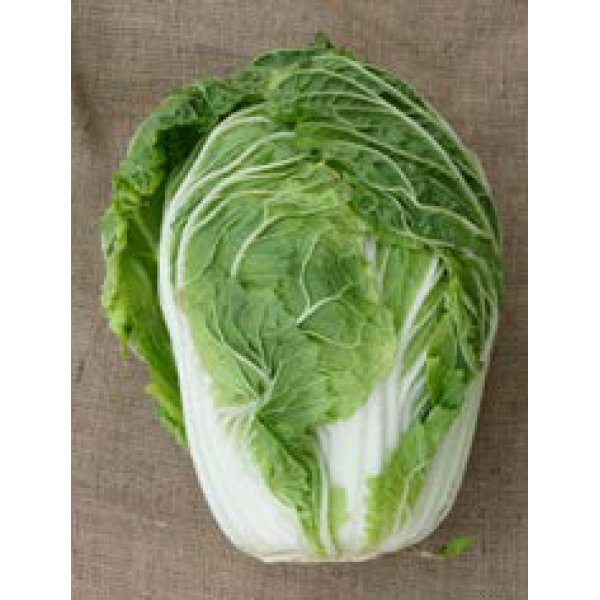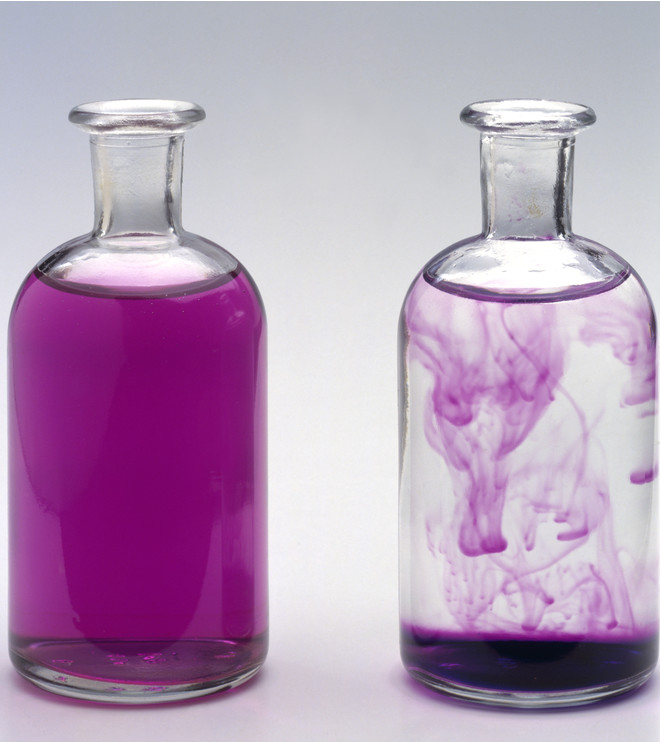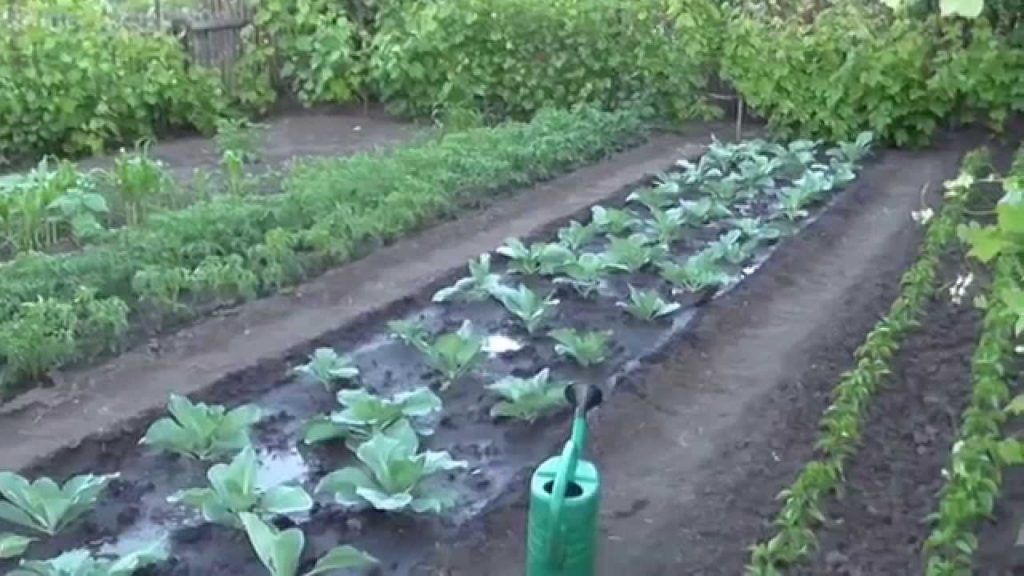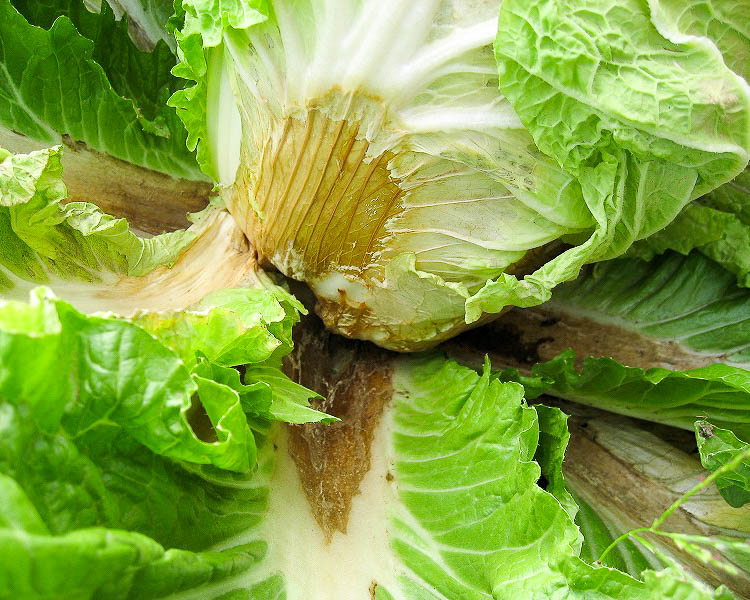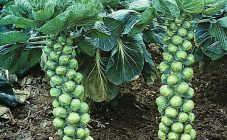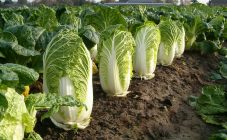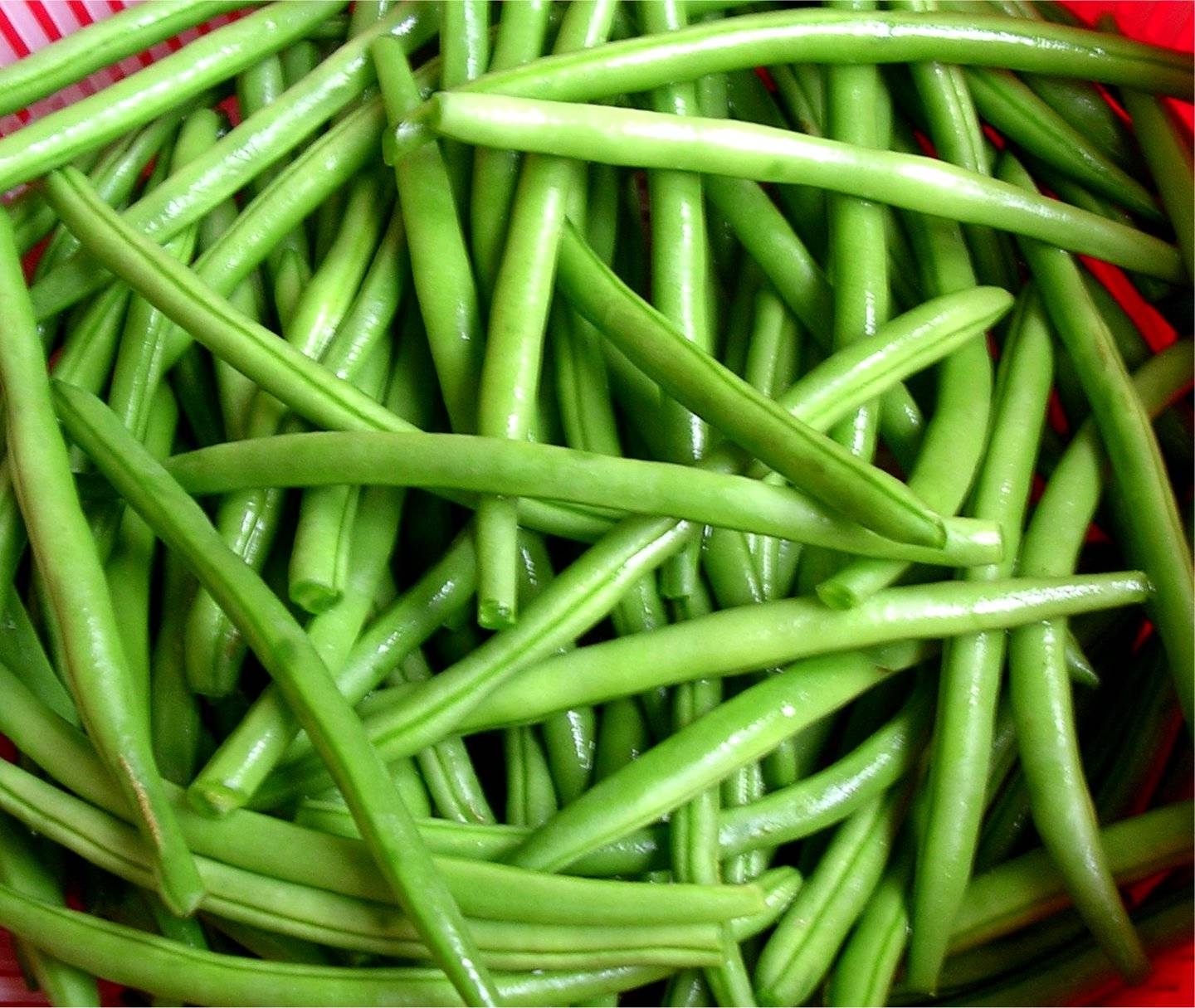Content:
Chinese cabbage is a leafy vegetable from the cabbage family that is very popular with people in China, Southeast Asia and Korea. This is a very early maturing, relatively unpretentious plant. It can be grown at their dachas by both gardeners of central Russia, the Moscow region, the Urals, and Siberia.
Agrotechnics of culture
Chinese cabbage, the cultivation and maintenance of which does not require much effort, forms a rosette of leaves 15-35 cm long. Chinese cabbage is not demanding on soils and can grow in almost any soil. But it will give a high yield on a fertile, moisture-intensive, well-groomed land. This vegetable responds well to organic matter, even fresh manure will not harm it.
Chinese cabbage is a short day crop and is grown in early spring or late summer. When sown in May-June, it will sprout and will not be suitable for human consumption. Shading of plantings in the afternoon is acceptable, so the risk of flowering of the crop is reduced. Some experts even recommend hiding the plantings from the sun with a covering material in the absence of shade at lunchtime. The culture develops at a temperature of + 15-22 degrees, the period from germination to technical maturity is from 40 to 60 days for different varieties.
Sowing with seeds
If there is no indication on the seed packaging that they have undergone special treatment to protect against diseases, then they must be disinfected yourself. To do this, you can use a solution of potassium permanganate or garlic (30 grams of crushed garlic per 500 ml of water). You can also heat treatment of seeds. To do this, they are placed in a gauze bag and immersed in water with a temperature of 50 ° for 20 minutes. Then the seeds are well dried.
Sow Chinese cabbage as soon as weather conditions permit. The easiest way to grow it is by sowing seeds in late July. Between the rows, you need to maintain a distance of 40 cm. You can sow into the grooves quite densely, followed by thinning, or by the nesting method: make holes at a distance of 40 cm and sow three seeds in each. During development, the plants are thinned out several times, leaving the tallest and strongest. The removed copies are usable.
Small frosts do not harm the culture, it thaws and continues to grow. But severe frosts and lack of moisture are destructive for cabbage. If there is a threat of frost, the crops should be covered with lutrasil or other non-woven material. If you delay watering the seedlings, they will grow tough and bloom. Therefore, you need to water small plants every day, preventing the soil from drying out.
There are varieties that are resistant to shooting, for example, Krasa Vostoka, Champion, Optico, Kustar.
Planting seedlings
Seedling cabbage will harvest in May-June. You can try to grow seedlings at home on a windowsill, but then additional lighting will be needed. You can purchase ready-made seedling soil or prepare the soil mixture yourself. For cabbage, you need the following composition:
- 1 part of garden land;
- 2 parts of humus;
- 1 tbsp. l. ash per kg of mixture.
Pits or grooves are made in the soil, no more than 7 mm deep. The distance between the grooves is 3 cm. The soil must be well moistened and the cabbage must be sown, then sprinkled with dry earth and covered with glass or foil until shoots appear. The boxes are left in a warm place with a temperature of 22 ° C.Moisten the soil (preferably from a spray bottle) and ventilate crops regularly. When shoots appear (4-5 days after sowing), the film is removed and the boxes are placed in a lighted place. To prevent the plants from getting sick with a black leg, water stagnation should not be allowed. When signs appear on one copy, it is immediately removed, and the rest are treated with a weak solution of potassium permanganate.
After 7 days, the seedlings dive. You can use peat pots or regular cups. When picking, the plants are buried to the cotyledonous leaves for better formation of the root system. Seedlings are ready for planting in open ground within 20 days after germination. Chinese cabbage is difficult for transplanting, so you need to very carefully move the seedlings into the garden, along with the earthen clod, into well-shed soil. The distance between plants is 40X40 cm.
You can plant cabbage right in a greenhouse or greenhouse. In this way, you can get an earlier harvest, since the plant will not waste time on adaptation.
Culture care
Good soil cultivation is not the key to success in growing Chinese cabbage. Since the crop has a short growing season, feeding is often required. Once a week, the soil is watered with a solution of liquid complex fertilizer, which must certainly contain nitrogen. Instead of purchased fertilizers, you can use mullein or poultry manure solution. However, too much nitrogen is also undesirable, since cabbage plants tend to accumulate nitrates.
Water the cabbage daily to avoid coarsening of the leaves and the ejection of a flower arrow. If the plant does bloom, you can let it seed - next year it will have its own planting material. After each watering, the soil should be loosened to saturate it with oxygen and prevent cracking. In this case, you need to ensure that the growth point is not covered with earth. You can also gently mulch the soil so you can water less often.
Pest control
The main damage to the crop is caused by slugs and a cruciferous flea. In the fight against slugs, the decomposition of metaldehyde granules is excellent. A flea can destroy most of the crop in a few days. You can scare off the pest using a method popular in gardening - dusting the plantings with ash or tobacco dust. Spraying with a vinegar solution gives a good effect. If these methods do not help, then you should use insecticides. In order to prevent damage to the culture by diseases and pests, it is not recommended to cultivate it after any representatives of the cruciferous family (watercress, radish, turnip, radish, daikon).
Gardener tips
How You Can Grow Healthy Chinese Cabbage:
- On acidic soil, cabbage is affected by keel. To prevent this from happening, the soil must be lime.
- To prevent diseases such as downy mildew and leaf spot, you need to warm the seeds in warm water, as indicated above.
- To combat powdery mildew, sulfur-containing preparations help.
- If the plants show signs of wet bacterial rot, they should be sprayed with Binoram.
Chinese cabbage facts
- Peking cabbage has no stalk, but it forms a head of cabbage. Many varieties of Chinese cabbage are leafy.
- For this vegetable, you do not need to allocate a separate place in the greenhouse: it is enough to place it between young tomatoes. While the tomatoes grow, the cabbage is already being harvested.
- It can be eaten fresh and soups, stewed and fried, used for homemade preparations, and even dried.
- This vegetable contains many beneficial substances, including lysine, which can have a positive effect on gastrointestinal diseases. There is even a variety with the telling name Tibetan healer.
Peking cabbage by chemical method
The Chinese have found a way to cultivate Peking cabbage chemically. A white liquid, the composition of which is not revealed, is poured into a vat with a solution. What this solution is is also kept secret. The liquid solidifies in the form of a cabbage leaf, it is also tinted there with a mixture of paraffin and dyes. Then they are removed from the solution and squeezed in the form of a cabbage fork. The one who tried it says that the chemical fake tastes almost the same as a natural vegetable. The cost of "growing" such cabbage is very low. How such food affects health is not yet known ...

